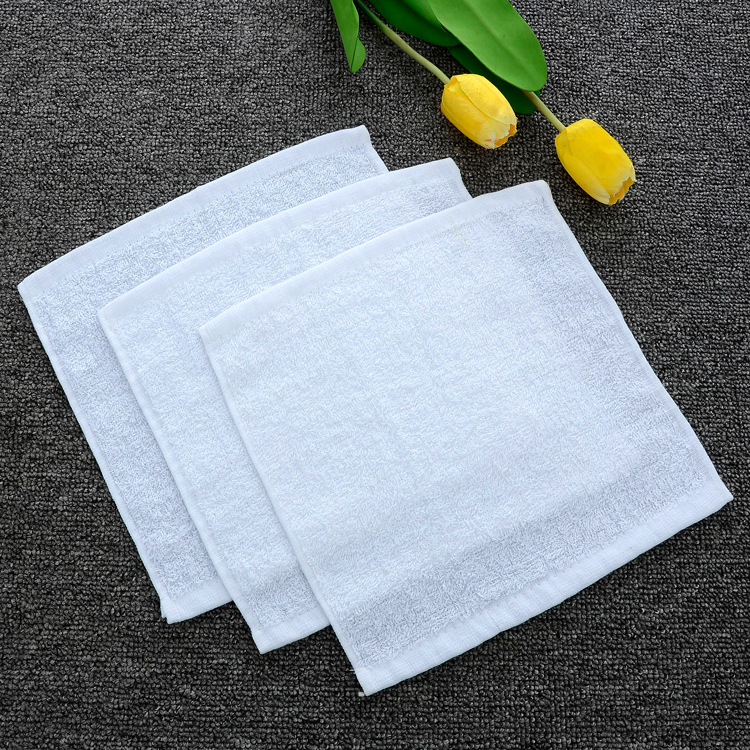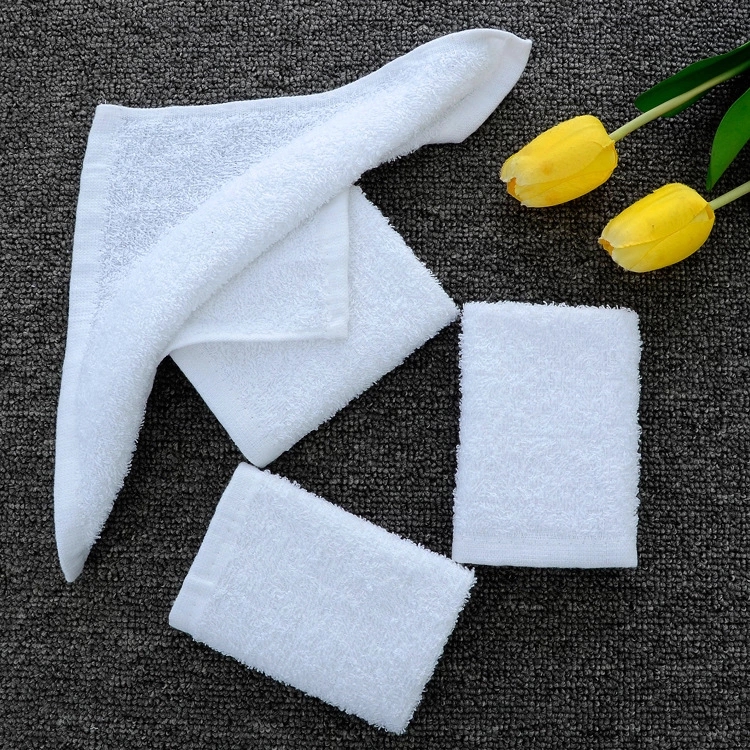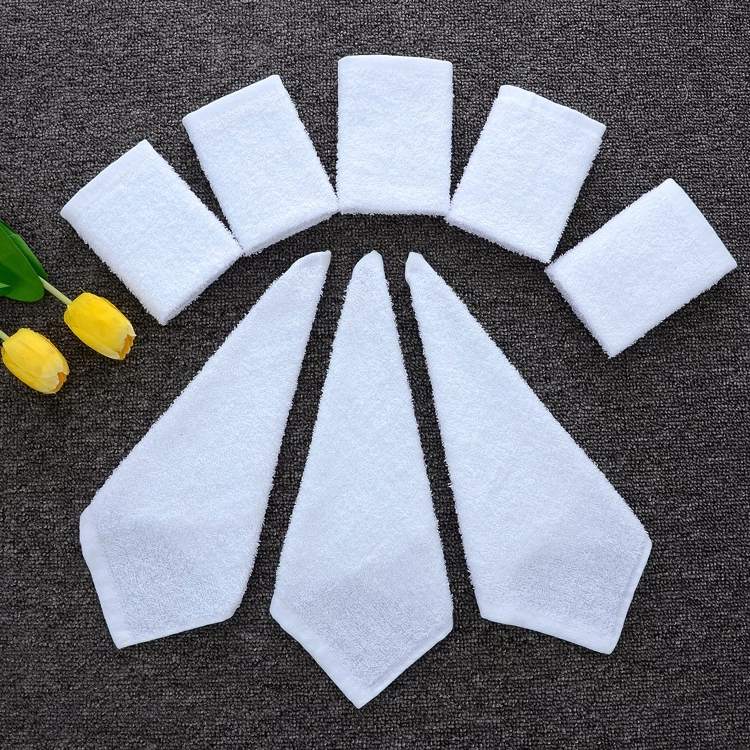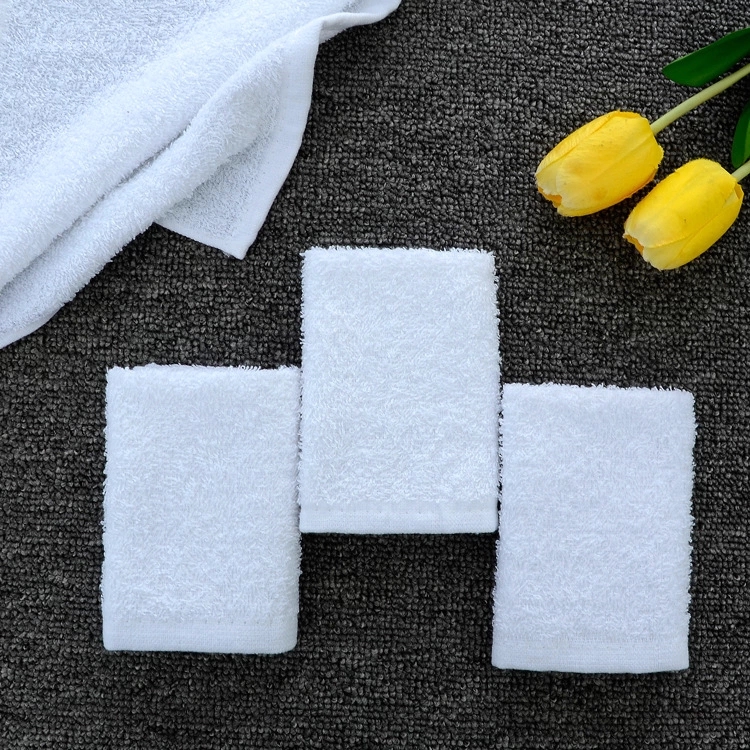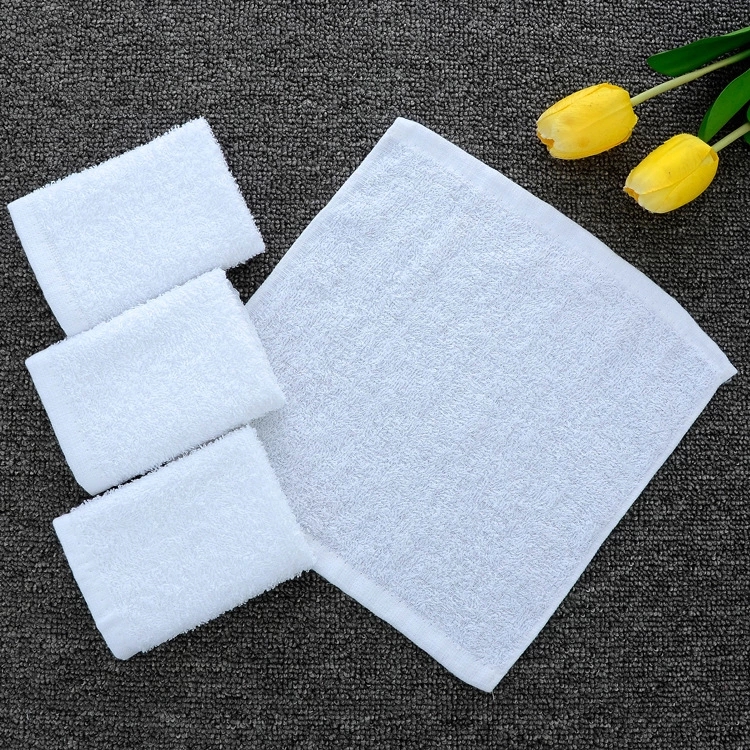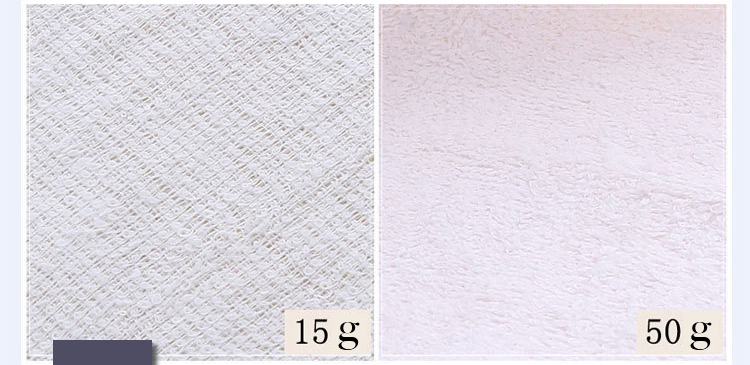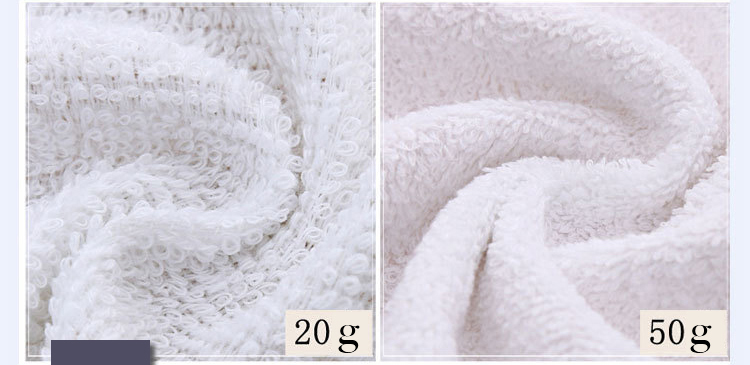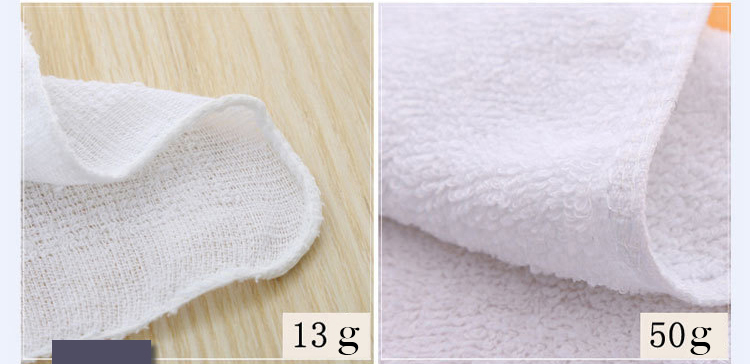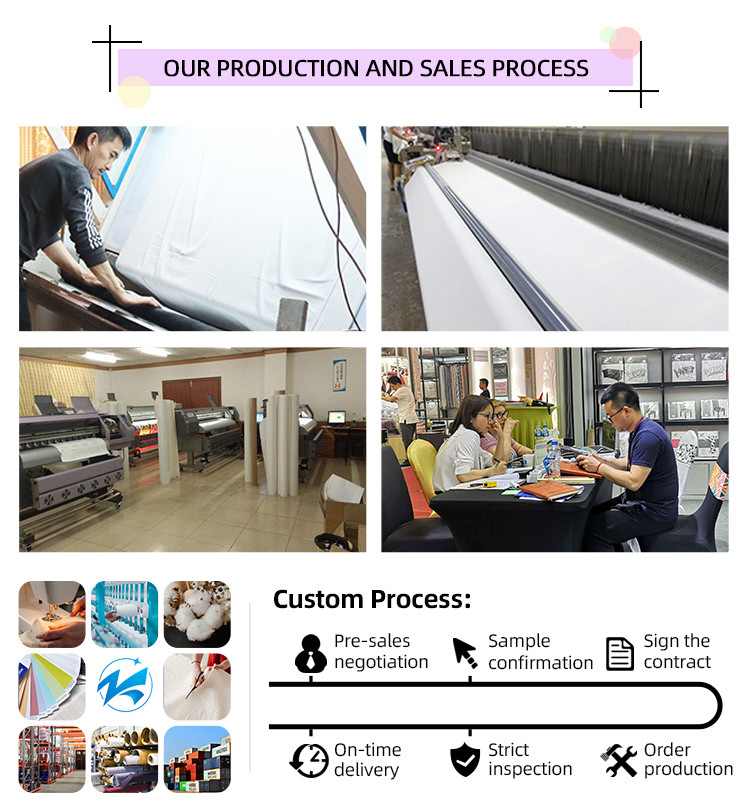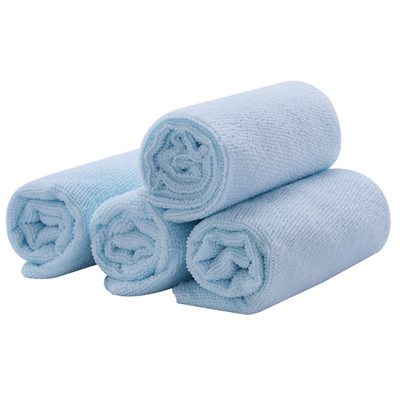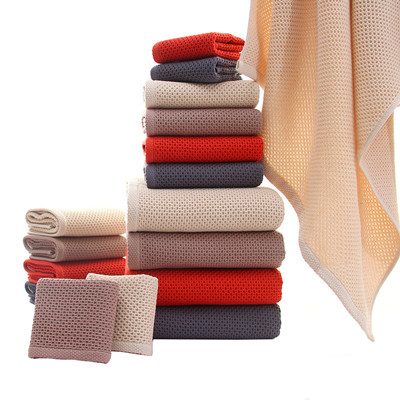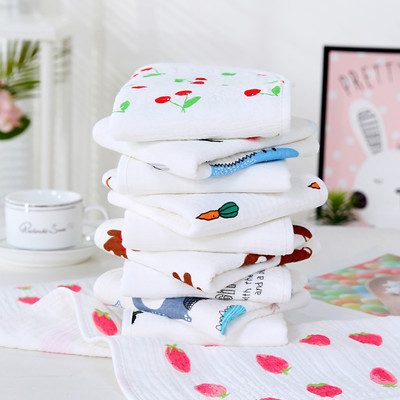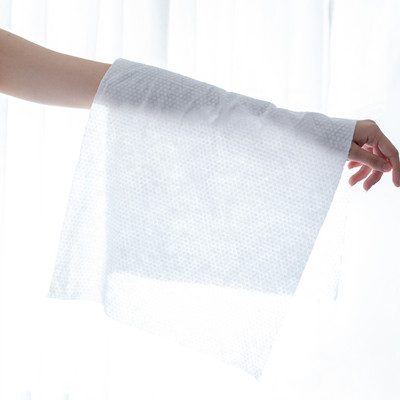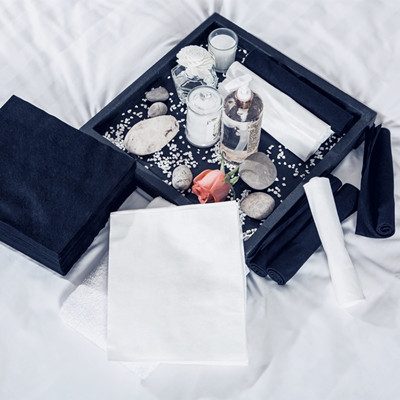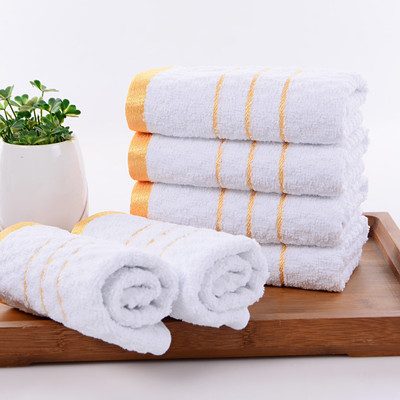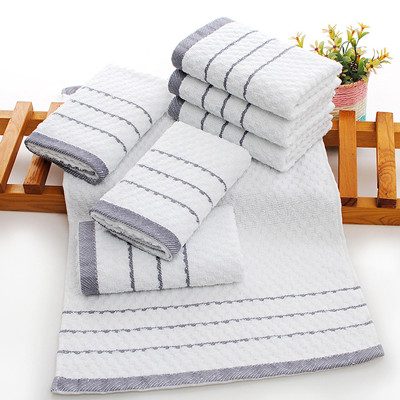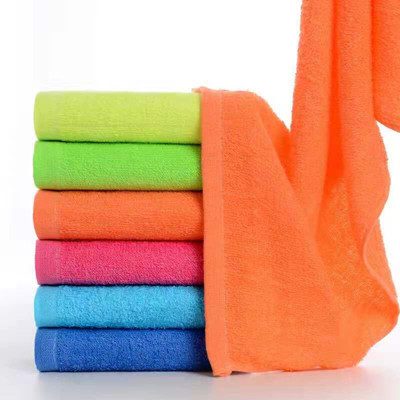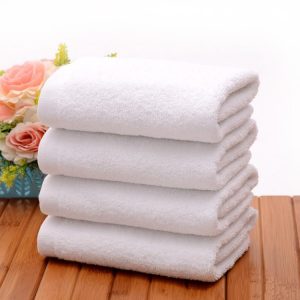
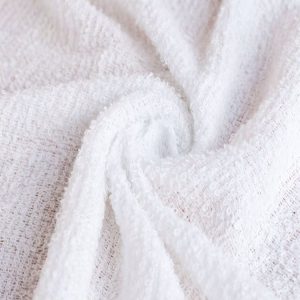
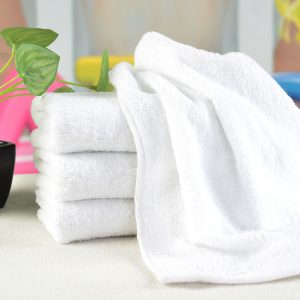
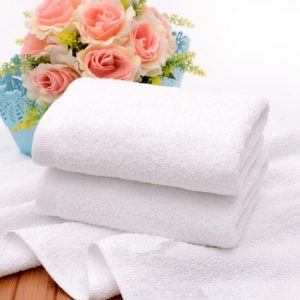
| NAME | Disposable towel |
| Material | Customized |
| MOQ | 10 packs |
| Cerificate | MSDS,CE |
| Size | 40*40cm,40*80cm or customized |
| Color | white,pink,blue,green,etc or customized |
| Sample | Free 2-3 samples |
| Delivery | 15 – 20 days |
| Feature | smooth surface and the handfeel have soft and hard, eco-friendly. |
We also need to learn to distinguish disposable towels. The first thing to look at is the hygroscopicity: that is, if you put a towel here, we just use water droplets on it, and the water immediately seeps into the towel without any slipping or spreading. A bad towel, it forms water droplets and does not seep, and the droplets can’t hang, it slides down quickly, we say this is a bad towel because it is too soft and does not absorb moisture.
Secondly, look at whether the color of the towel is fading: pure cotton towels are generally dyed with reactive dyes, and the dye molecules and cellulose molecules are covalently bonded to fix the dye on the fiber. During the reaction process, a part of the dye is combined with the fiber, and at the same time, a part of the dye is hydrolyzed and adsorbed on the surface of the fiber, but without covalent bonding, it is easy to fall off.
When dyeing dark-colored towels, a large amount of hydrolyzed dyes are adsorbed on the fibers and it is difficult to clean them. Therefore, there will be decolorization during the first washing, which is unavoidable. If the light-colored towel loses more color after the initial washing or the dark-colored towel still loses its color after repeated washing, it is caused by the unqualified dye or inaccurate dyeing process, which is a substandard product.
